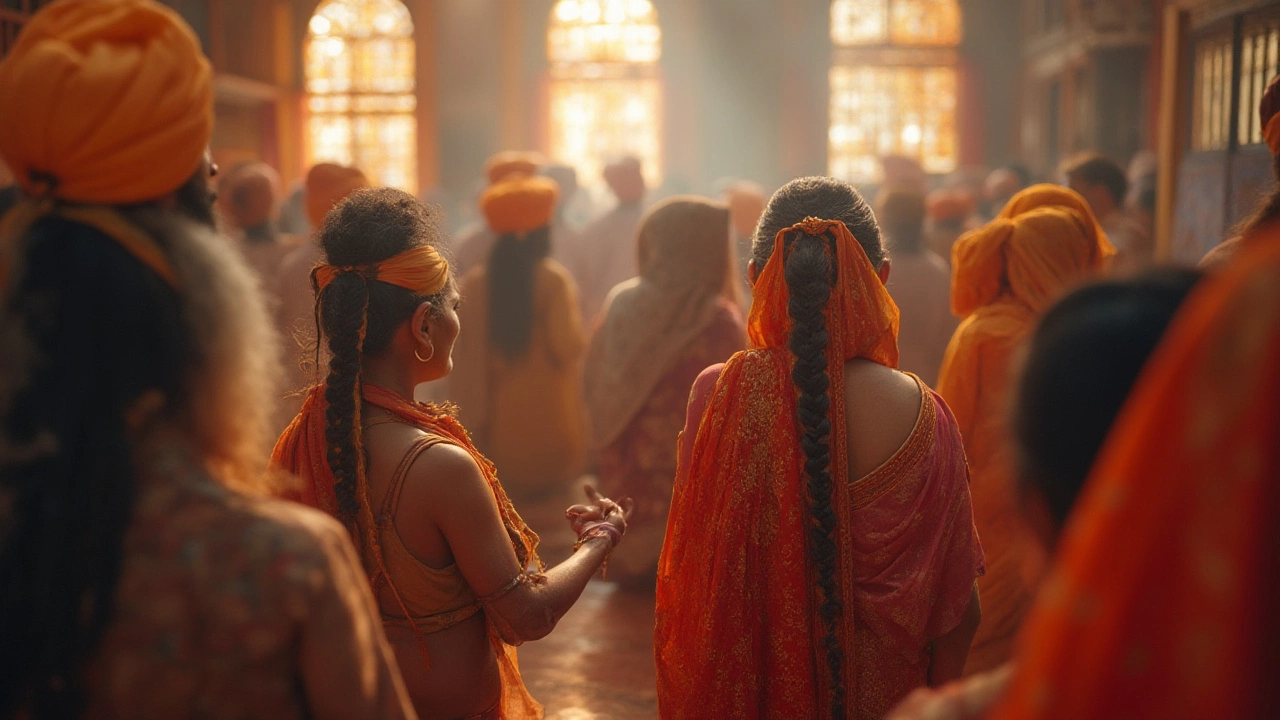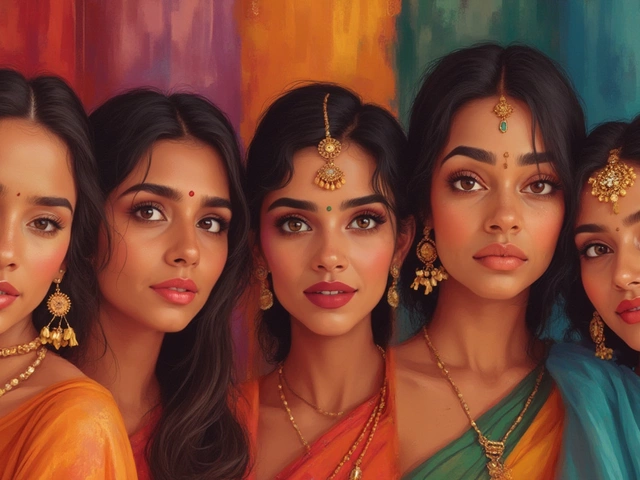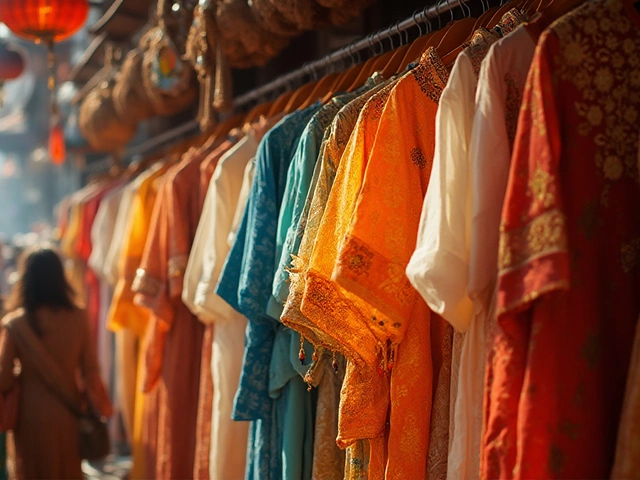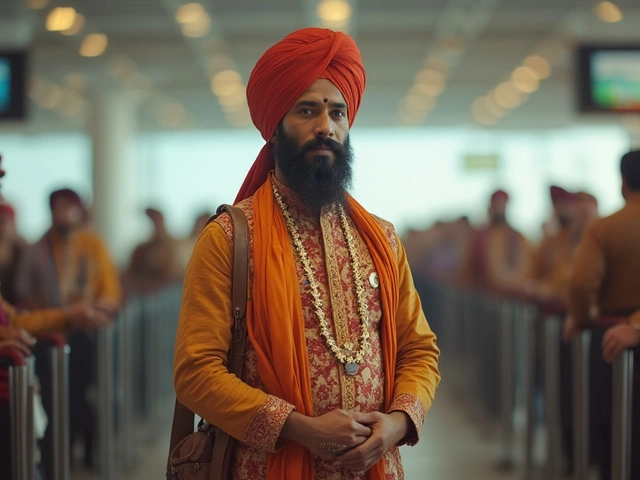Picture someone standing out in a crowd, not for the flashiest sneakers or the loudest hairstyle—but by quietly keeping all their hair, including a prominent turban or a long beard, day after day. In a world obsessed with grooming and trends, not cutting your hair feels pretty radical. When you see a Sikh with their unshorn hair, the story runs far deeper than just a personal preference. It’s a commitment stitched into family, faith, and a philosophy about leaving things just as nature intended. But why does this matter so much to Sikhs, and what’s really at stake when a community decides to stick to their roots, page after page from the 1400s?
The Roots: History and Meaning Behind Uncut Hair in Sikhism
Uncut hair—called kesh in Punjabi—has been at the centre of Sikh life since the birth of the faith in northwest India more than 500 years ago. Guru Nanak, the founder of Sikhism, taught that everything natural, including hair, is God’s gift. But things really took off with Guru Gobind Singh, the tenth Sikh Guru, who in 1699 established the Khalsa—the community of Sikhs expected to embody Sikh ideals. With the Khalsa was born the famous Five Ks: kesh (uncut hair), kara (steel bracelet), kanga (wooden comb), kacchera (cotton shorts), and kirpan (small sword). The Five Ks weren’t just religious—they were practical and symbolic, turning Sikhs into walking reminders of their faith and its duty to society.
It’s not just about throwing away your barber’s number; there’s a bigger motive. For Guru Gobind Singh, uncut hair showed loyalty to God’s design and discipline in daily life. In a time when people were forced by political regimes to adopt specific looks (think beards for Muslims, shaven for Hindus), keeping hair uncut became an identity statement. It said: "I’m not bending to fit in. I follow my own spiritual path." Over centuries, this simple act has evolved into a serious commitment. For many Sikhs, cutting hair isn’t just breaking a rule—it’s stepping away from the community’s sense of belonging.
But there’s a flip side. Some Sikhs—especially those born outside India or those facing pressure to fit in—have cut their hair, struggled with it, and later come back to wearing the turban. On the streets of Melbourne, I’ve met Sikhs who described kesh as a bridge, connecting them to stories handed down from their grandparents back in Punjab. It’s a way to carry their family’s past in plain view, no matter where they are now.
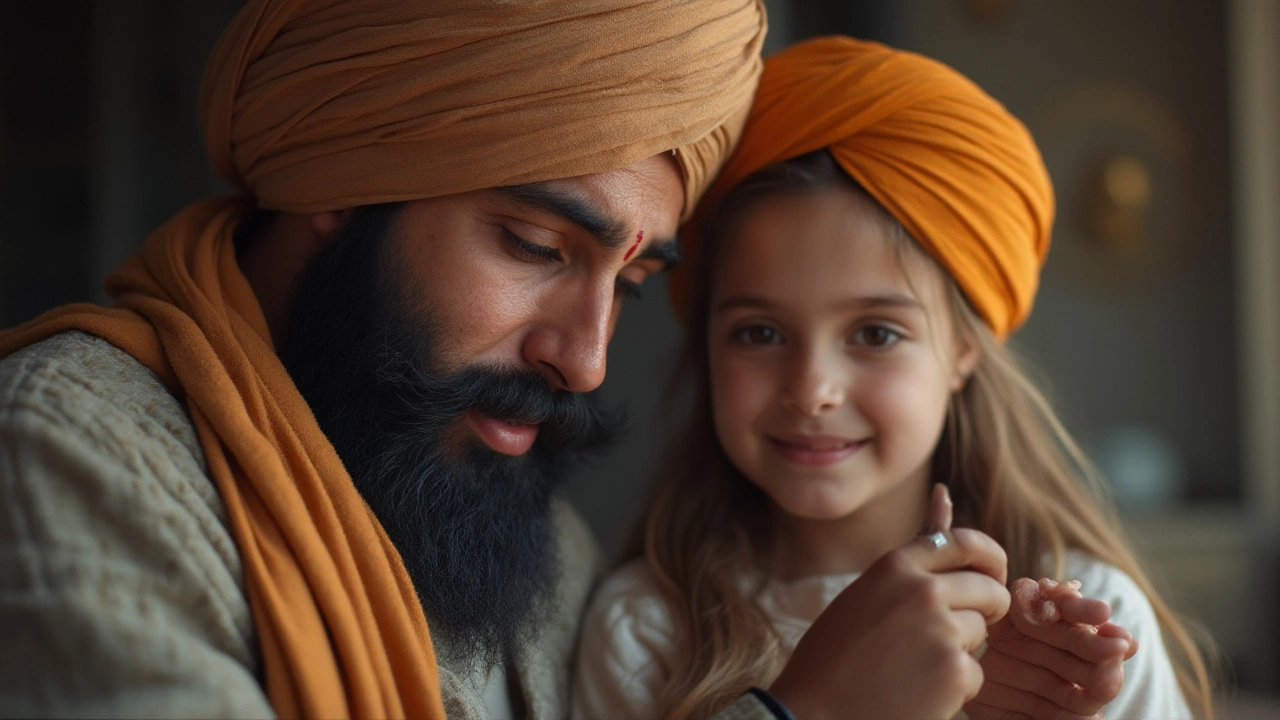
Tradition, Faith, and Modern Identity
If you think maintaining uncut hair is all tradition and no real-world impact, think again. Hair means patience, discipline, and determination. Imagine wrangling your beard every morning or learning to tie a perfect turban before school. Sikh kids grow up watching their parents or elders wash and gently comb out strands of hair with oil or butter (sometimes coconut oil, sometimes almond). There’s even a mini-economy around specific combs, hair care products, and under-turbans. The kanga isn’t just a symbol—it's real, practical, always tucked in the hair to keep it tidy.
Wearing your kesh is an instant visual tag of being Sikh. Sometimes that’s a source of pride; other times it’s a bullseye for ignorance or even violence. After the September 11 attacks, many Sikhs worldwide (including Australia) faced assumptions, bullying, or worse because of their turban or beard. In these moments, the act of keeping your hair long can turn into daily self-affirmation: you choose visibility over blending in. There’s even a comfort in the rituals, a kind of meditation in routine maintenance—oiling, combing, braiding, and, for men, the daily turban-tying ritual before stepping outside.
But don’t think it’s only men who keep their hair. Sikh women also treat unshorn hair as sacred. You’ll often see them with their hair braided down their backs or tucked under a scarf. The expectation is the same for everyone, regardless of gender or age—kesh is about equality, not appearance. Even in Sikh weddings, the ritual combing of a bride’s and groom’s uncut hair marks a new beginning grounded in faith. Grandparents still recount tales of Sikh warriors whose long hair symbolized courage, and there are photos in family albums of grandfathers with flowing beards or grandmothers with snow-white braids.
Modern Sikh communities sometimes bend the rules when it comes to hairstyles or trimming, especially if work or school demands a different look. Still, most Gurdwaras (Sikh temples) encourage families to stay close to tradition. There are support groups and websites dedicated to those who feel isolated by the expectation. Young Sikhs swap tips about caring for long hair with less hassle—like using leave-in conditioners or silk pillowcases to prevent tangles. There’s even been research into how keeping hair uncut affects self-esteem and cultural belonging among teenagers. One Australian study in 2022 found that Sikh teens who felt comfortable with their kesh reported stronger connections with their family and faith, even if they sometimes faced teasing at school.

Cultural Impact, Common Misunderstandings, and Living with Kesh
Let’s bust a myth—uncut hair is not just about avoiding scissors for life. It’s built into daily action and attitude. Many people outside Sikhism think it’s only a religious penalty, like a list of dos and don’ts. But for Sikhs, kesh feels more personal and alive. It’s got spiritual roots, sure, but also runs into issues of self-worth, peer pressure, and cultural confidence.
Here’s something that surprises non-Sikhs—apart from not cutting or shaving, kesh never means letting things go wild. Personal grooming is key. Sikhs often spend more on haircare than on shoes. In Gurdwaras, it’s normal to see whole families washing and caring for their hair. Turbans, too, aren’t “one size fits all.” There are dozens of ways to tie a dastar (turban), from the simple patka kids wear at Sikh schools to the elegant Dumalla style seen at weddings or festivals. The colors and patterns can signal age, status, or personal style, but always keep the hair protected and respected.
Because kesh is so public, a lot of misunderstandings end up following Sikhs around. In places like Australia or the US, Sikhs are often mistaken for other groups because of the beard and turban combination. There have been public campaigns to teach non-Sikhs why kesh and turbans matter, and to combat stereotypes. It’s not rare for Sikh kids to explain their hair to classmates, even showing how to tie a turban or letting friends touch the fabric. Sometimes, Hollywood and pop culture get it all wrong, mixing up Sikh and Muslim traditions, which can be frustrating—but it’s also a chance for more conversations and education.
Practical tips matter too. Sikhs learn tricks for washing thick, long hair quickly—like using two towels or braiding sections before bed to keep things neat. In sports, Sikhs have pioneered special sports turbans and headgear that meet safety standards without having to cut hair. Recently, several Sikh Australian athletes competed in boxing and field hockey while proudly wearing turbans; others have worked with school authorities to adapt helmet rules for bike riding.
Uncut hair even influences diet and health, at least in small ways. Sikhs talk about “feeding the hair from the inside out”—which means a focus on good nutrition, lots of water, and (in old-school families) household remedies like almond oil massages. The attitude: if you’re going to keep all your hair, you might as well keep it healthy.
Here’s a snapshot of opinions and experiences collected from Sikhs in Australia, India, the UK, and Canada. This 2023 survey of 1,000 Sikhs—aged 14 to 70—looked at reasons for keeping kesh and the challenges faced:
| Reason for Keeping Kesh | % Respondents |
|---|---|
| Religious Principle | 54% |
| Family Tradition | 21% |
| Cultural Identity | 15% |
| Personal Choice/Visibility | 7% |
| Other (fashion, rebellion) | 3% |
Challenges reported included bullying at school (29%), workplace discrimination (11%), and lack of access to hair-friendly products (16%). Yet, most also reported strong pride in their identity. One Sikh father said, “My hair reminds me every day whose footsteps I follow.”
- If you know a Sikh, just ask about their hair if you’re curious. Most love to talk about their history.
- If you’re Sikh and struggling with keeping uncut hair, online support groups and forums can help you connect with others.
- Hair care: regular washing, braiding before bed, and avoiding harsh chemicals are the go-to practices for most Sikhs.
- If you’re a teacher or coach and see a Sikh child with a turban or jura (hair bun), know it’s sacred—don’t insist on removing it for uniforms without a conversation.
- Want to understand more? Visiting a Gurdwara is the best way to learn—meals are free, and questions are always welcome.
Uncut hair, or kesh, is way more than an age-old rulebook. It’s a symbol with roots deeper and more intricate than a braid. Some keep it for religion or heritage, some for their community, and a brave few because it helps them stand up, visibly and proudly, as Sikhs in any crowd. Whether over a family table in Melbourne, a bustling Gurdwara in Punjab, or the footy oval in Victoria, the story of Sikh hair—its struggles, its pride—goes on, one strand at a time.
